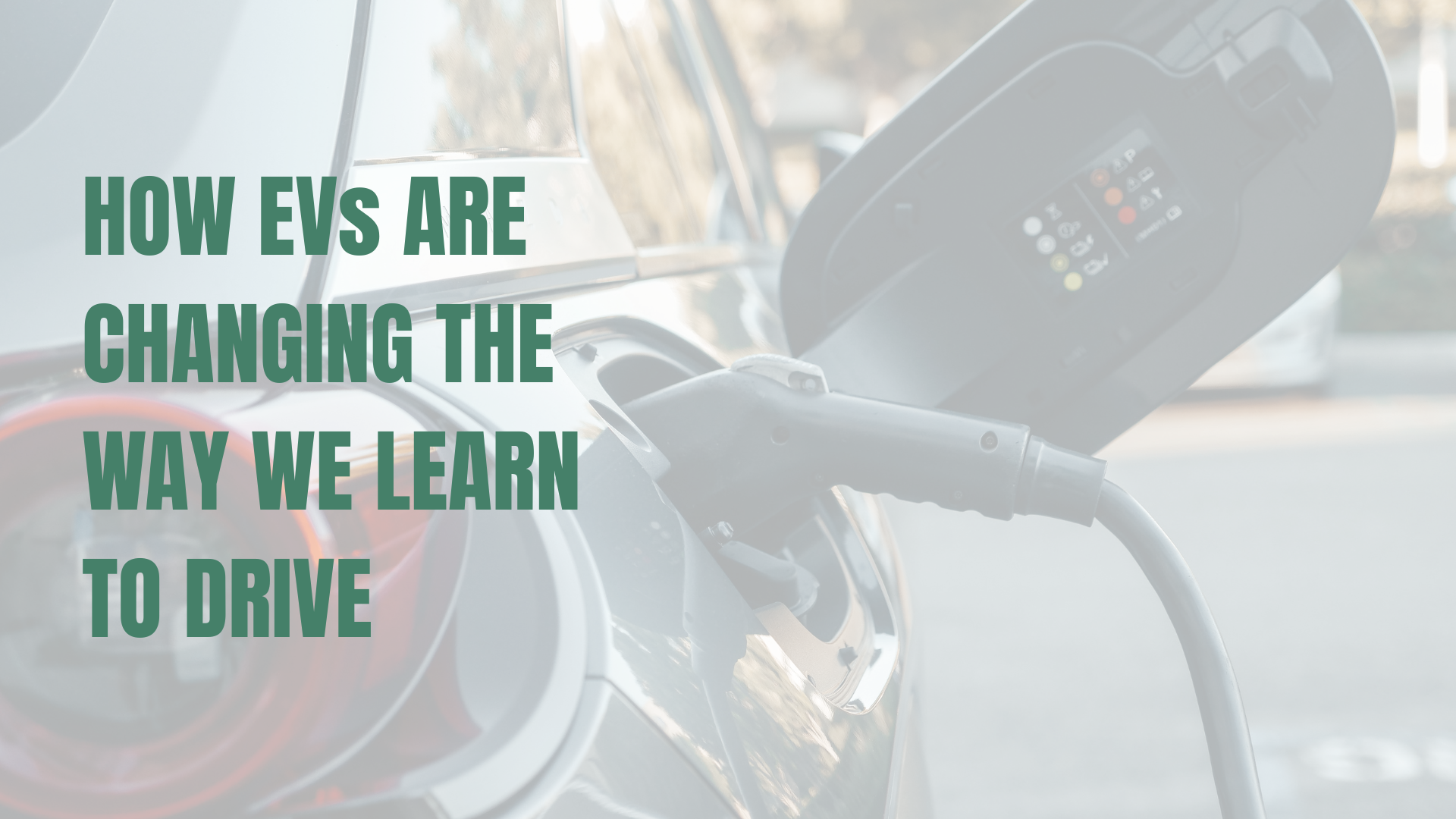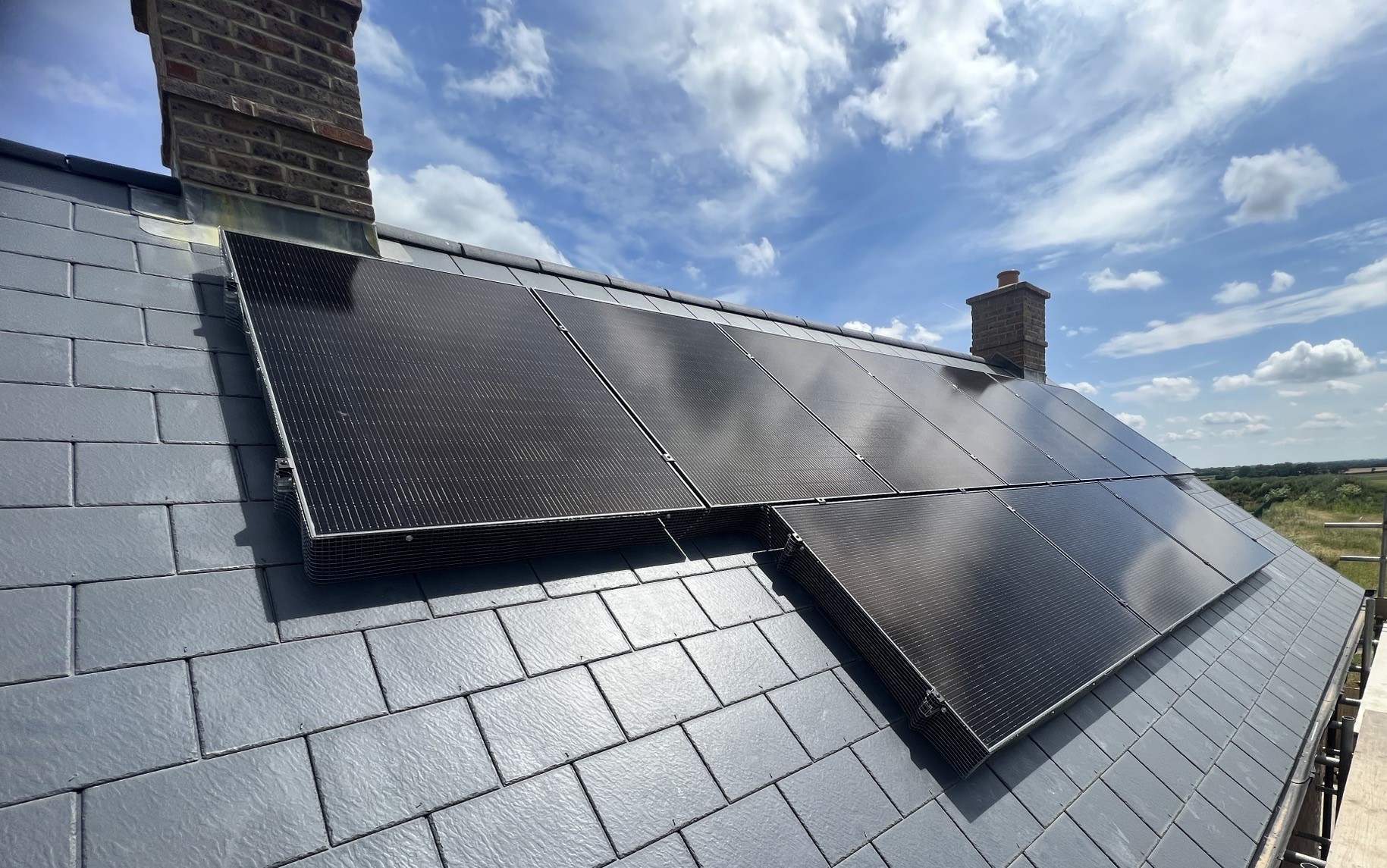Over recent years, more learner drivers in the UK have been choosing automatic cars when doing their driving lessons and tests. With the shift towards electric vehicles (EVs, which typically use automatic transmissions, this trend isn’t a passing fad, it reflects deeper changes in how people drive, what cars are available and how regulation is evolving. As the UK moves towards Net Zero, the UK government released plans to ban the sale of new petrol and diesel cars from 2035.
Here’s a breakdown of what’s happening, why and what it could mean for the future.
Key Trends and Data
- Rising proportion of automatic tests: as of 2022-2023 there were approximately 324,064 automatic only diving tests in the UK, up from around 87,844 in 2012-2013. An increase of almost 269% in a decade.
- Automatic tests now make up about one in five of all driving tests. The AA Driving School predicts that by 2026 this will increase to 25% of all driving tests.
- Learning preferences are changing, with almost half of all learner drivers saying they’d rather learn in an EV as they expect most of their driving to be in an automatic or EV.
Why the Shift to Automatic?
- Electrification of vehicles: EVs typically don’t have multi-gearboxes like a petrol or diesel car does. Most are automatic, so if you expect your first car or most your future cars to be electric, leaning in an automatic is more future proof.
- Regulatory pressure and bans on fossil fuel sales: the UK government has committed to phasing out the sale of new petrol and diesel vehicles by 2035. EVs are more central to the market than ever before and learners and driving schools are anticipating these changes.
- Simplicity and perceived ease: many see automatics as less work, no clutch or gear shifting. For a lot of learners that means less things to stress about and some believe it will be easier to pass sooner.
- Availability of EVs and automatics: more driving instructors are acquiring automatic or electric cars for lessons. With more access to instructors with EVs it makes the waiting lists shorter and more people are inclined to learn in an EV.
- Changing mindset and demographics: learners are more aware of environmental issues, running costs and driving convenience.
Challenges and Trade-Offs
- Licence restrictions: if you pass your driving test in an automatic vehicle, your licence is restricted to automatic cars only. To drive a manual, you’d need to retake your test in a manual car.
- Pass rates: automatic learners don’t necessarily have higher pass rates, some data has found the pass rate for automatic learners is lower than manual learners. Reasons might include overconfidence, taking the test too soon or less practice time.
- Cost: automatics and EVs tend to be more expensive to buy and insure. Lesson costs are also usually higher due to the extra expense of the vehicle and specialist instructor.
- Skill gap: driving a manual car involves learning a different skill set – clutch control, gear change, etc – that some believe gives a better understanding of car control.
- Infrastructure and instructor availability: although more instructors are going automatic, there’s an uneven availability, especially outside major cities. Finding an instructor with an EV or automatic vehicle may be harder or incur a longer waiting list.
What This Means for the Future
Based on trends and projections, it is expected that learning to drive in an automatic or EV will become more popular in the future, with automatic passes overtaking manual passes in volume within the next decade. More learners will expect to learn in EVs and charging infrastructure and EV readiness will need to increase. Manual driving has a place in motorsport, enthusiasts and rural settings, but its everyday dominance is beginning to wane.
Implications for Learners and Advice
If you (or someone you know) are thinking of learning to drive now or in the future, here are some tips:
- Think ahead, what car do you expect to drive after passing? If you expect to be using an EV or automatic, starting in an automatic makes sense.
- Consider long-term flexibility, learning in a manual may take longer and more effort, but it gives you more options later.
- Compare costs – lessons, insurance, vehicle costs – can differ considerably between manual and automatic especially when adding EVs into the mix.
- Check instructor availability, not all instructors teach in an automatic or EV. You may face a delay in learning to drive if there is no availability.
- Practice and readiness, as an automatic car makes some parts of learning to drive simpler and there might be a temptation to rush to take your test. Make sure you have enough experience and are confident before booking your test.
How SolarTherm UK Can Assist in the Move to EV
At SolarTherm UK we’ve helped thousands of households make the transition to electric vehicles smoother, greener and more affordable. By installing a solar PV system we enable drivers to generate their own clean electricity and literally drive on sunshine. Pairing solar energy with smart charging solutions not only cuts running costs, it reduces your carbon footprint, making EV ownership a truly sustainable move. As the UK moves towards an all-electric future, SolarTherm UK provides technology and expertise to ensure switching to EVs is as efficient and eco-friendly as possible.
The shift towards automatic learner drivers in the UK is more than just convenience, it’s tied closer towards the transition to electric vehicles. While manual driving hasn’t gone away (and may not for some time), the trend suggests automatic licences are becoming the default for many new drivers.
Ready to Start Driving on Sunshine?
Contact SolarTherm UK today for your free no obligation quote and design, tailored to your property, usage and future energy needs, including the EV for your new driver. No hard sell, just honest, expert advice.
Your home. Your energy. Your future.





